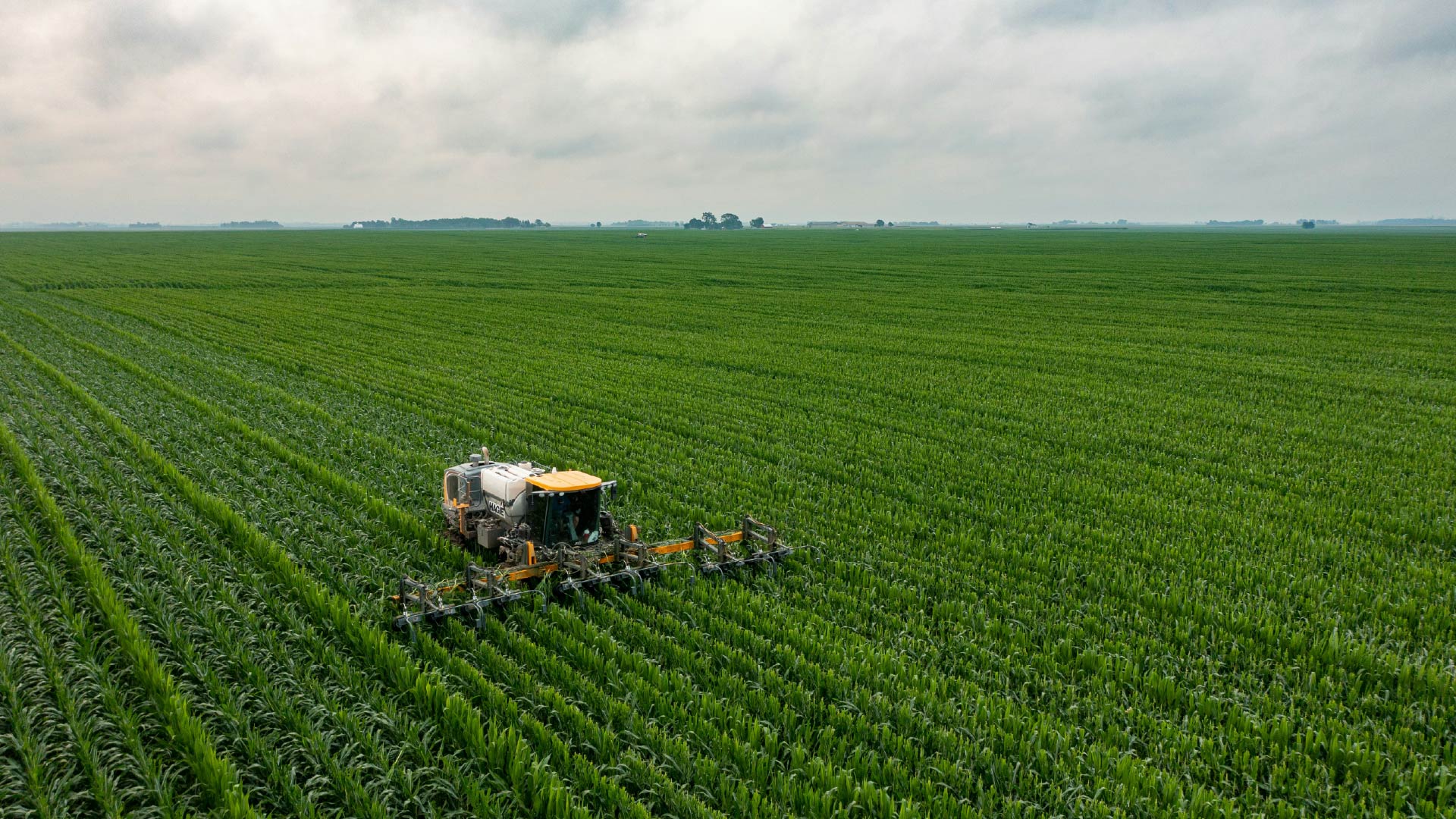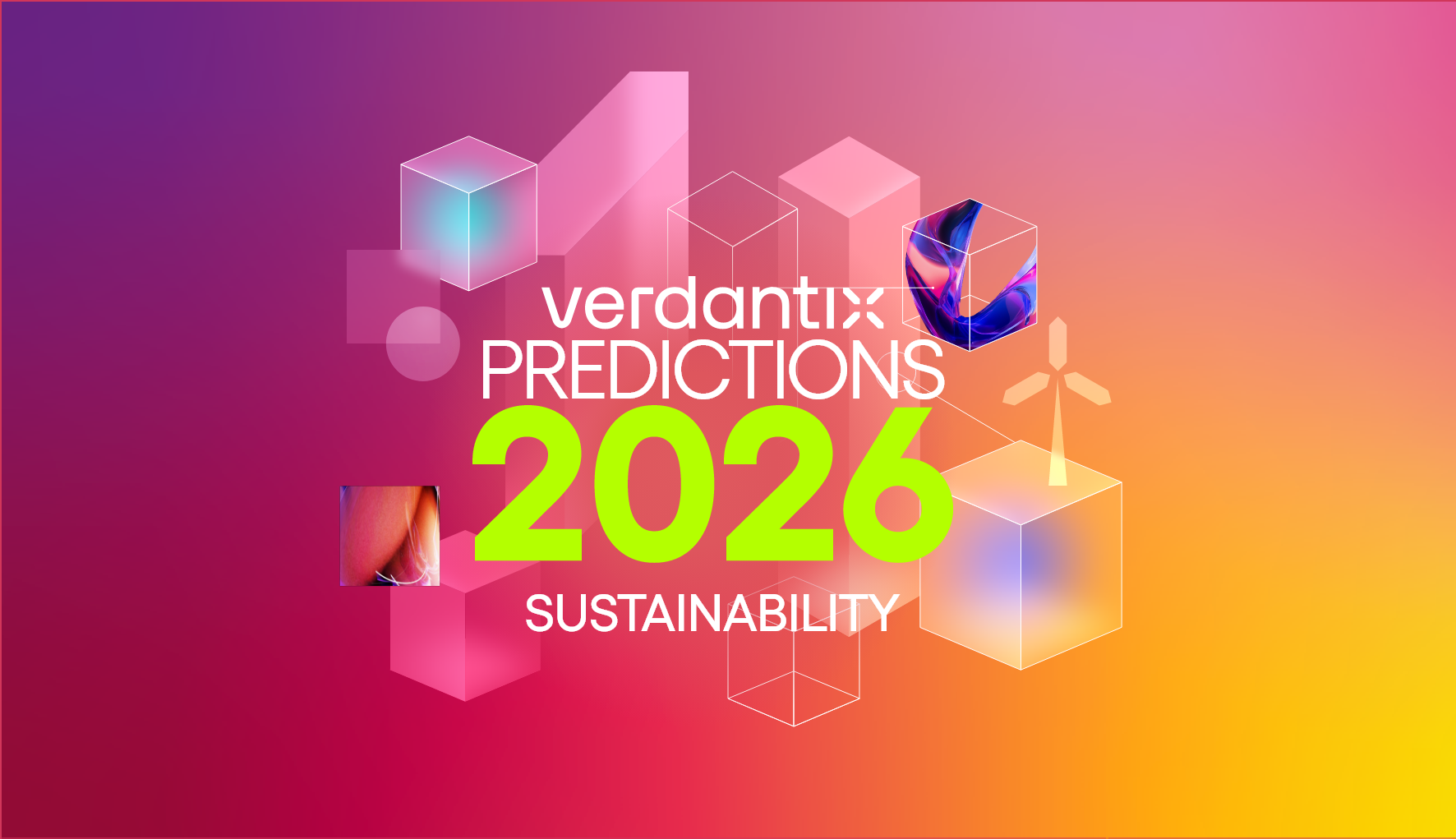Risk Vs Reward: The Case For Prioritizing Biodiversity And Nature

Guy Lewis
This year will be a turning point for nature and biodiversity. In December 2022, a landmark COP15 nature deal saw over 195 countries commit to protecting 30% of the planet by 2030 under the Kunming-Montreal Global Biodiversity Framework. The Taskforce on Nature-related Financial Disclosures (TNFD) will publish its final recommendations for nature-related risk management and disclosures – one of the framework’s four pillars that applies the same structure as the Taskforce on Climate-related Financial Disclosures (TCFD) – in September 2023. Additionally, the World Economic Forum’s (WEF) annual summit in Davos last month welcomed the development of the Giving to Amplify Earth Action (GAEA), an initiative to ‘unlock’ $3 trillion a year to support nature and reduce biodiversity loss by 2050.
That said, it may be time to take off the rose-tinted glasses. The timelines in these deals are out of kilter with what is necessary to avoid nature-based catastrophe, and the material risks associated with it. The World Economic Forum estimates that $44 trillion of economic value generation is at risk through the dependence of business on nature and related services. Moody’s Investors Service has estimated that the value of debt held by the 9 sectors with the highest exposure to natural capital stands at $1.9 trillion. The next 24 riskiest sectors hold $9.6 trillion in debt.
Firms in oil and gas, mining and agriculture, for example, have operations that negatively impact natural systems and will be increasingly scrutinized for the destruction of nature. Certain revenue may also be dependent on ecosystem services that provide goods, like mined metals. Increasing climate variability and extreme weather events will impact their ability to operate and impact revenue generation. This affects their ability to repay debt and exposes creditors, with the likelihood of reduced or more costly lending in the future.
Organizations are facing financially material nature-related risks. To address these, they should:
- Invest more in nature and biodiversity. Biodiversity funds are peaking interest; approximately $12 billion was raised in 2022 focused on agriculture, forestry and bio-diversity. Investments here can address nature-related risk by shifting financial exposure, while supporting positive climate initiatives that strengthen net-zero strategies.
- Assess their own exposure to risk. S&P Global Sustainable1 and the UN Environmental Programme (UNEP) have launched a nature and biodiversity risk rating methodology to support the financial sector in measuring risk. Similarly, MSCI has introduced biodiversity-sensitive screening metrics to help investors assess the exposure of physical assets in locations at high risk of causing damage to nature, including threats of deforestation in supply chains.
- Build strategies to collect and report data. In a 2022 biodiversity paper, Robeco highlighted that 29% of its investments were in sectors with high impacts on key drivers of biodiversity loss. As such, it launched RobecoSAM Biodiversity Equities strategy to invest in nature-aligned opportunities. Similarly, Aviva Investors’ CEO Mark Versey has requested that portfolio companies provide decision-useful disclosures on their nature-related impacts, risks and opportunities.
It's clear that with the TNFD’s imminent release, and the spotlight growing on an immensely important issue, organizations need to wise-up to the double-material risks they face with nature and biodiversity. Firms failing to assess and manage their risks will suffer. After developing a new nature-based investment strategy, Norwegian asset manager Storebrand excluded four mining companies from its portfolio in December 2022. Businesses should focus on their risk management strategies, data collection and reporting to provide transparency to their investors and a proactive approach to their impact on biodiversity.
About The Author

Guy Lewis
Industry Analyst





